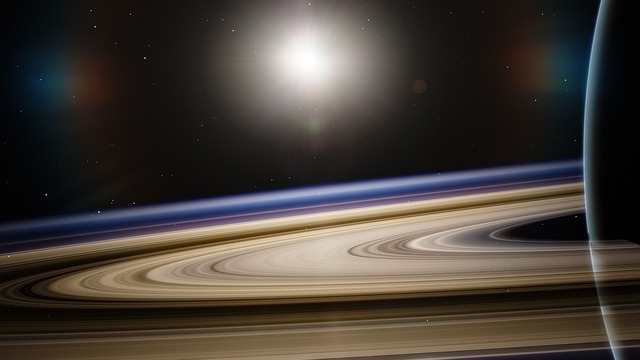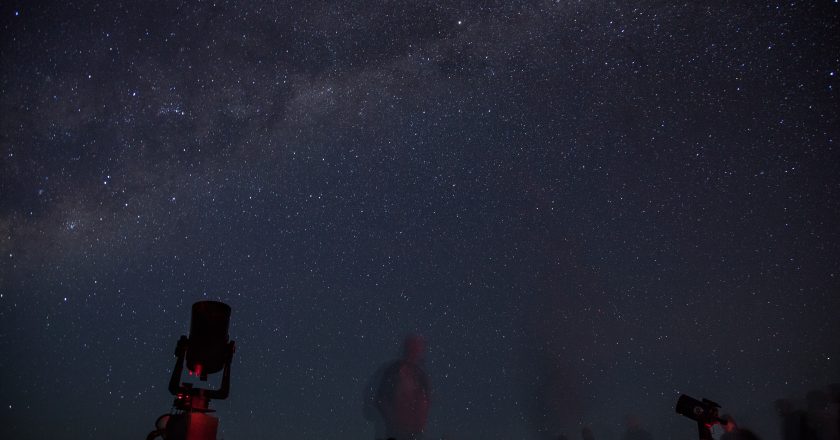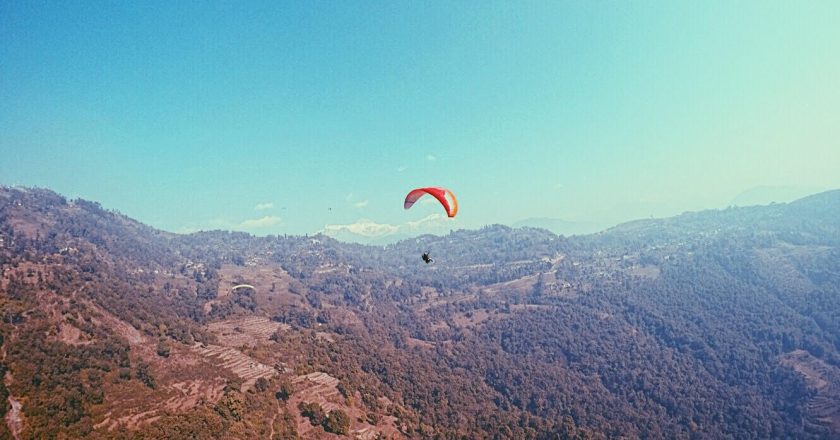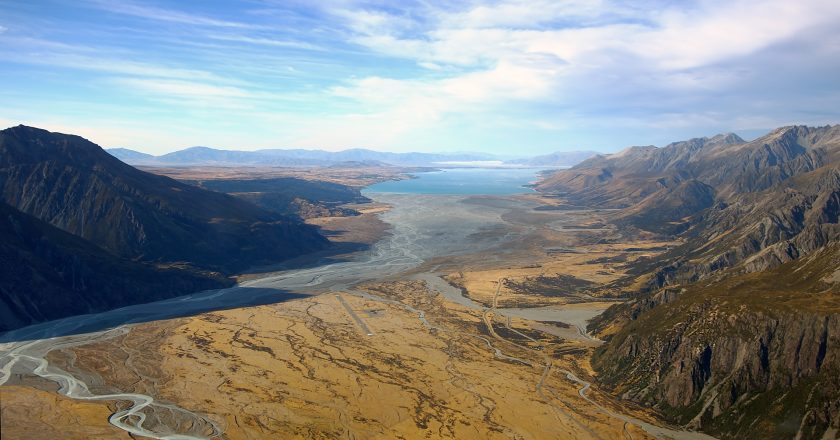Flat Earthers: Who are they and why do they exist?
Over 2,000 years ago, the ancient civilisations believed the world to be flat. They never had satellite images, planes or even drones to view the world from above, and even the tallest pyramid, the Great Pyramid of Giza stood at a meagre 139m, not anywhere near enough to observe the curvature of the Earth, all they had was the flat lands that spread before them, so they could be forgiven for theorising the two-dimensional shape of our planet.
However, even as early as 350 BC, Aristotle disputed the flat earth theory, and by studying the position of the sun in different Egyptian cities at midday, with a little basic trigonometry, he was able to calculate that the Earth, in fact, had a more spherical shape. Once the Church gained power, though, anyone who spoke out against the idea that ...










